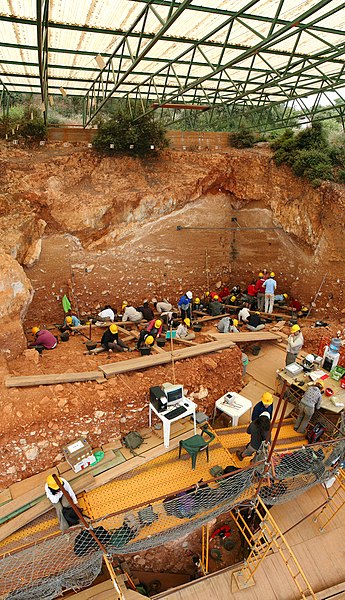There are two recognized site formation processes that help answer archaeologists’ questions about where dirt came from, if objects were made by humans, and why ancient people left the objects behind. The first is cultural, where the formation agent is cultural activity, and the second is noncultural or environmental, where the agent is a natural environment process.
Natural formation processes can by biological, chemical, or physical processes of the natural environment and are observed on three major scales. The first, artifact-scale processes, includes rotting, corrosion, and sandblasting that weathers, deteriorates, or decays materials. The second, site-scale processes, are deposit disturbances by tree roots and burrowing animals. The third, regional-scale processes, is the burial or erosion of sites due to water or wind sediment deposits and vegetation.
Understanding site formation processes is necessary so that the archaeologist can read the exact context of the artifact and/or structure being analyzed in order to interpret the exact history of a site. By understanding how these can be altered, an archaeologist can recreate the original in its proper context without the alterations. Archaeologists can pick out modified tools from original discarded tools as well as hunted animal bones from wild animal bones.
Natural formation processes can by biological, chemical, or physical processes of the natural environment and are observed on three major scales. The first, artifact-scale processes, includes rotting, corrosion, and sandblasting that weathers, deteriorates, or decays materials. The second, site-scale processes, are deposit disturbances by tree roots and burrowing animals. The third, regional-scale processes, is the burial or erosion of sites due to water or wind sediment deposits and vegetation.
Understanding site formation processes is necessary so that the archaeologist can read the exact context of the artifact and/or structure being analyzed in order to interpret the exact history of a site. By understanding how these can be altered, an archaeologist can recreate the original in its proper context without the alterations. Archaeologists can pick out modified tools from original discarded tools as well as hunted animal bones from wild animal bones.





